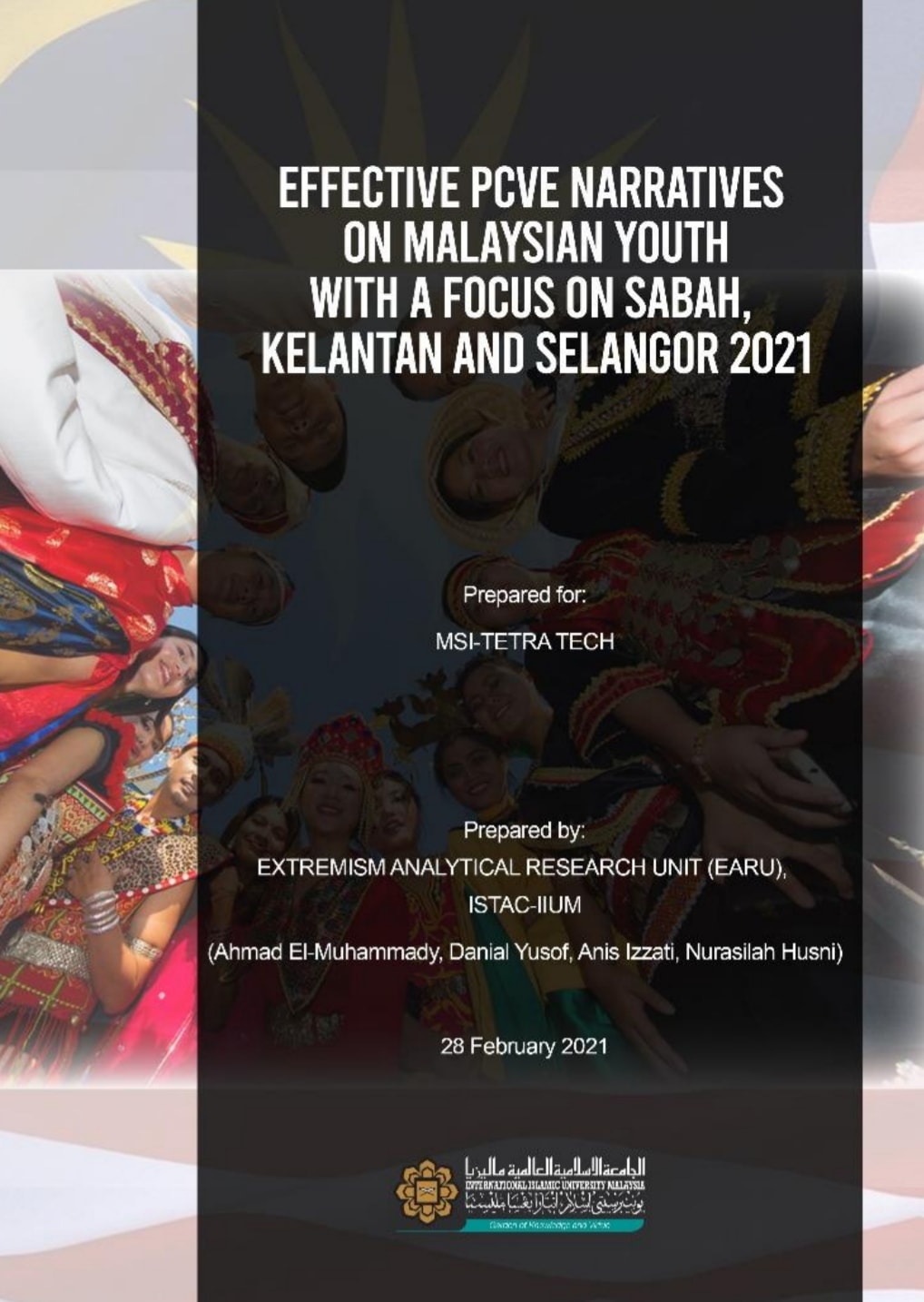
EFFECTIVE PREVENTING AND COUNTERING VIOLENT EXTREMISM (PCVE) NARRATIVES ON MALAYSIAN YOUTH IN SABAH, KELANTAN AND SELANGOR
Prepared for: MSI-TETRA TECH
Prepared by: EXTREMISM ANALYTICAL RESEARCH UNIT (EARU), ISTAC-IIUM
(Ahmad el-Muhammady, Danial Yusof, Anis Izzati, Nur Asilah, Zahanis Ayunni)
Keywords: Youth, Youth at Risk , Malaysian Youth, PCVE, Awareness, Exposure, Empowerment
For full access of the article, please email us at ………
Executive Summary
Background
In August 2019, Merdeka Centre for Opinion Research and Management Systems International (MSI-Tetra Tech) announced the findings of their study entitled “Malaysian Baseline Program Study”. Among the key findings of the study are as follows: (a) there was the high support of Malaysian youth for Malaysian foreign terrorist fighters and violent extremism narratives; (b) three states Kelantan, Selangor and Sabah have shown high degree of support for violent extremism narratives; and (c) social media is perceived as the most effective source of influence for VEO (Violent Extremist Organization).
The above findings serve as the basis for the second exploratory study initiated by the International Institute of Islamic Thought and Civilization (ISTAC-IIUM) and Management Systems International (MSI-Tetra Tech). This new study is guided by the following objectives (a) to identify relevant and effective preventing and countering violent extremism (PCVE) narratives for Malaysian public and specifically for audience in Kelantan, Selangor and Sabah; (b) to evaluate the effectiveness of the narrative used in Youth Power 2020 (The National Youth Empowerment Convention Against VE 2020) at national and zone levels; and (c) to propose a sustainable narrative for PCVE and resilience of Malaysian youth in Kelantan, Selangor and Sabah.
The six-month study was participated by 615 youths from Kelantan (212 participants), Selangor (201 participants) and Sabah (202 participants). The study employs survey, focus group discussion (FDG) with 14 participants and interviews with 9 practitioners.
Key Findings
The key findings cover five aspects 1) level of awareness and exposure to extremist narratives; 2) radicalization factors; 3) effective modules and formats; 4) effective agents and mediums; 5) challenges in implementing PCVE programming
- High exposure to VE narratives. The respondents indicated significant exposure to VE narratives disseminated by the VEO. Kelantanese respondents indicated as the most aware, followed by Selangor and Sabah respectively (an average of 16.2%-26.5. for each statement%)
- The role of social media. Social media played an important role in spreading information on VE in Kelantan, Selangor, and Sabah.
- Lack of education on VE issues contributes to radicalization. The respondents perceived the exposure to VE narratives, lack of education, information and awareness about the VE issues as contributing factors to radicalization. For instance, respondents are unaware that possession of certain materials produced by the VEO such as video, images and reading materials is considered as terrorism offences according to Malaysian laws.
- Economic opportunities, political discontent and social grievances. In the Sabah context, underdevelopment in certain areas and lack of job opportunities produce “vulnerable individuals” that would be an easy target for criminality and terrorist recruitment. It is compounded with political discontent and the bad relationship between local communities with the authorities, particularly the law enforcement agencies. In addition, social grievances caused by undocumented persons have been suggested to be push factors to radicalization.
- Developing effective modules and format. The findings also showed that youth are receptive to two modules in PCVE programs, namely: module on the understanding of Jihad (particularly in Kelantan) and psychological support (particularly in Selangor). In addition, modules on critical and strategic thinking, nation-building (particularly in Sabah), ideological resilience, digital resilience, and peace education are also vital components in the PCVE programming. In terms of effective format and delivery of modules, sharing sessions with former detainees, community engagement, security briefings, and the use of digital platforms are suggested to be incorporated in the PCVE initiatives.
- Effective Agents and Medium. Each state indicated different effective agents in the PCVE programs. In Sabah, CSOs, teachers or lecturers, icons or social media influencers are considered effective agents to spread information on PCVE. Kelantan’s respondents are more receptive to religious teachers (asatizah), icons or social media influencers with religious credentials, and teachers/lecturers. The government’s role also being mentioned as another effective agent as well. In Selangor, respondents are receptive most to social media icons, and former detainees/prisoners, and teachers. Equally important, social media is seen as the major medium to spread and promote PCVE messages, while the message must be fun, creative, digital and graphic-based, and promoted by youth-oriented speakers.
- Challenges in implementing PCVE programming. There are several key challenges that the PCVE practitioners often encounter in their works, namely lack of manpower, limited time and bureaucracy, limitation in terms of the duration and frequency of PCVE programs, the difficulty to incorporate youth of different backgrounds, ethnicities and underage as participants of the programs and the lack of specific narratives for the youth of different backgrounds. Dependency on the political will of the government, and political conditions also affect the PCVE initiatives.
Recommendations for National-Level
- Further research on radicalization, VE and PCVE in evaluating the modules, effectiveness, urban and rural form of radicalization, and effective narratives. There is a difference of experience between rural and urban youth in radicalization and it remains understudied.
- There is an urgency for a robust awareness among youth and the public at large on the VE and PCVE education because there is a lack of awareness and knowledge on violent extremism among youth and the public at large is identified as the primary factor to radicalization.
- Introduction of PCVE courses such as peacebuilding in the syllabus of tertiary learning institutions as part of the prevention strategy.
- The education module is divided into three components: (a) PCVE-focused module; (b) nation-building module and (c) self-development modules.
- Participation of various stakeholders in the PCVE programming, particularly state leaders, focusing on building the spirit of ‘togetherness’ among the multi-ethnic and multi-religious communities to encourage youth social cohesion.
- The PCVE program is addressing systemic issues such as socio-economic developments, creating an environment that further prevents youth from resorting to violence, improvement of the basic need facilities, security in localities and economic opportunities. This is particularly relevant in the context of Sabah.
Recommendation for State-Levels: Sabah
The social context of Sabah necessitates primarily a combination of nation-building, psychological and emotional management modules for PCVE. It is imperative to note that PCVE in Sabah requires not only the counter-narrative messages but also the political will, socio-economic issues, and security dimension.
- Awareness and education campaign on VE and PCVE issues, with the central focus on nation-building, addressing inter-communal grievances, and social division among multi-ethnic communities; self-development and emotional management.
- Focusing on addressing socio-economic development as the main pillars in PCVE programming. It aims to build trust between people and state officials, especially law enforcement agencies.
- Engaging various stakeholders namely CSOs, educators, and social media influencers. These agents have been identified as the most effective agents to Sabah youth.
- Combination of traditional media, radio in particular and social media platforms best medium to spread counternarratives for extreme and radical messages.
Recommendation for State-Levels: Kelantan
The nature of the socio-political situations necessitates a focus on religious narrative for PCVE programming in Kelantan. The lack of awareness of VE messages, the misunderstanding of religious concepts, the influence of entertainment with extremist elements on youth has been identified as major concerns which influenced the radicalization among youth in Kelantan. The preference over prominent and charitable religious figures as the primary agents for PCVE in Kelantan indicates the importance of religiosity in the PCVE narrative in Kelantan. Additionally, the extremist narrative that is commonly exposed among the Kelantanese youth included the idea of donation or other means of financial support for those who are suffering in and fighting for Syria.
- The PCVE programs in Kelantan need to emphasize education of PCVE-focused education, nation-building, self-development, emotional management and critical thinking skills.
- Engaging various stakeholders particularly CSOs, religious figures, educators, teachers, asatizah, and social media icons.
- Social media is the most effective medium for counter-narrative. Other than social media, counternarratives with entertainment elements are seen as the best medium among Kelantanese youth. Film, songs and games could be used to sustain youth’s interest in PCVE messages.
Recommendation for State-Levels: Selangor
The findings on Selangor indicated that the issue of youth radicalization is influenced by the industrialization of the state and the urbanization of the population. The respondents from the focus group discussion expressed that the lack of education (critical thinking and psychological support) and loneliness as the primary factor to youth radicalization in Selangor which is a slightly different opinion in comparison to the less urbanized youth in Kelantan and Sabah. In this regard, the urbanization of cities can be identified as an enabler to the radicalization of youth in Selangor. In this regard, the PCVE module leans heavily towards building psychological and emotional resilience among youth.
- Awareness campaigns focusing on VE and PCVE-focused education, nation-building, self-development, critical thinking, and digital resilience are vital components in crafting PCVE programming.
- Engaging various stakeholders especially educators, social media influencers, real-life sharing experience with former militants.
- Social media has been chosen as the best agent to spread information among youth, especially as they are youth in urban areas.
- Delivering PCVE messages through social media platforms, online websites/forum discussion and entertainment (i.e, films, songs, games)





 Users Today : 2
Users Today : 2 Total views : 7002
Total views : 7002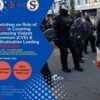
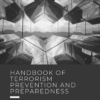

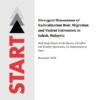
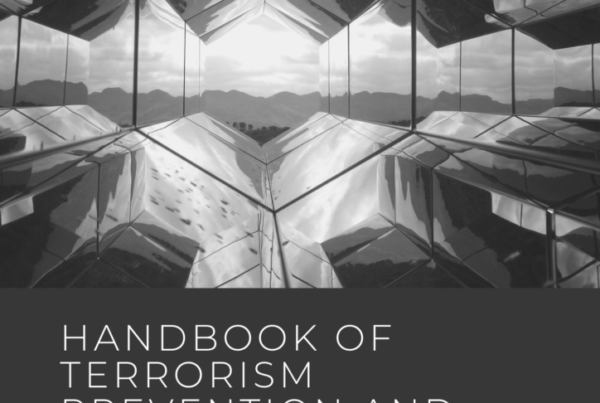
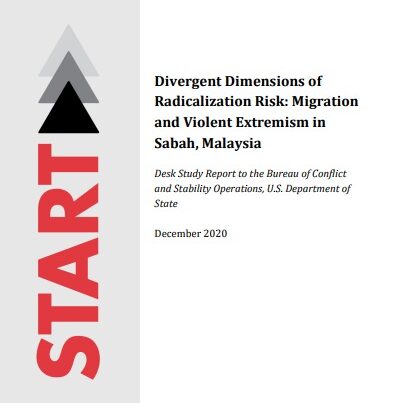
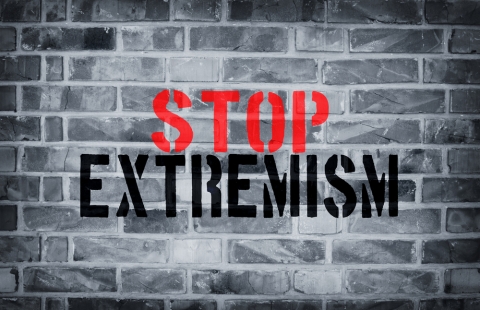
Recent Comments